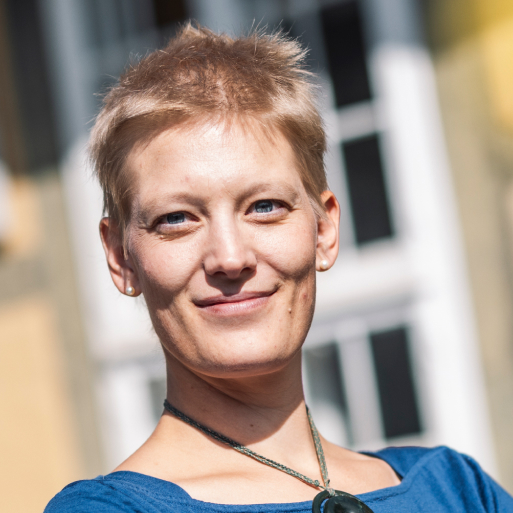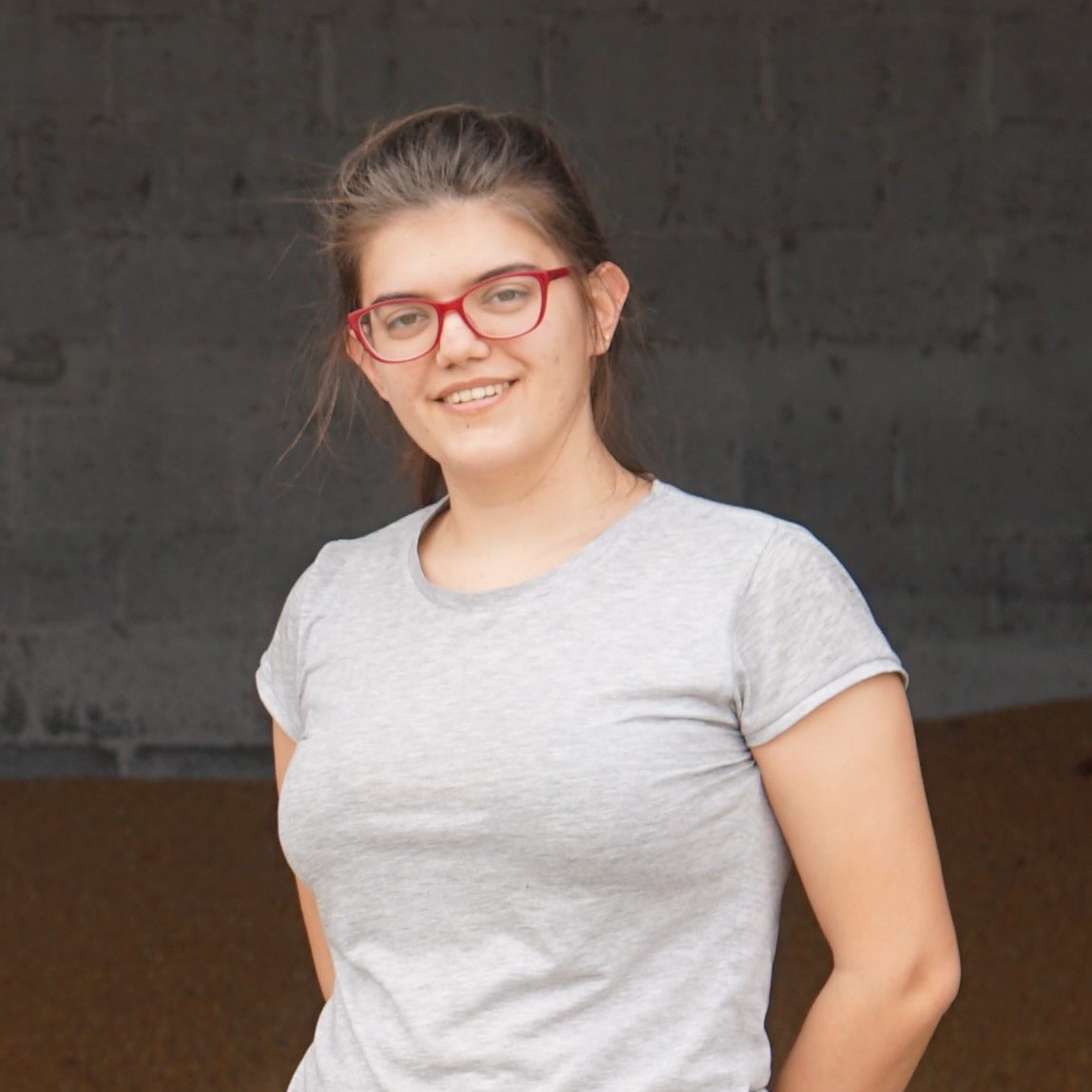Working groups
Working groups deal with different aspects of insect breeding programs, from estimating genetic diversity to mating control, phenotyping, defining breeding objectives, to breeding value estimation. Working groups regularly meet online with yearly in-person meeting. Join our working groups on the link below or contact leaders for additional details!
WG1
Population structure, inbreeding management, and genetic diversity
Genetic structure within insect populations and communities is likely to impact life history outcomes and performance, but is currently not very well understood. WG1 aims to connect researchers in the study of the population structure, genetic diversity, and the impact of domestication on populations in insect populations across different geographies and populations.
Deliverables:
- Recommendations / white paper for genetic diversity management in farmed insects (WG1)
- Review paper on population structure and domestication effects in farmed insects (WG1)
WG2
Mating control, led by Olga Ameixa
Controlling or manipulating the mating of insects is difficult, in particular due to the occurrence of multiple matings and polyandry. In honeybees, methods were developed for the control of mating behaviours via geographical, temporal, or biological isolation, however, these solutions are yet to be defined for other farmed insects. WG2 aims connect researchers to revise, collate, and distil all available knowledge on mating behaviour in farmed insect species and identify common features; investigate genetic architecture of mating behaviours, and revise established methods in insect breeding programs and explore the transferability across species.
Deliverables:
- Written report and video material from Training School on Mating Behaviour (WG2)
WG3
Interplay of genetics, environment, and community in farmed insects
The understanding of the environmental impact on insect performance must be deepened to allow for designing informed genetic improvement schemes. WG3 engages intently with the wider animal breeding community to explore interactive phenotypes as emergent properties of interactions within a community; harmonise the terminology regarding different types of environmental and community effects; and develop a harmonised approach for modelling environmental variation in genetic evaluations.
Deliverables:
- Report on modelling environmental effects in insect breeding (WG3)
- Review paper on interplay of genetics, environment, and community (WG3)
WG4
Breeding objectives
Creating a sustainable breeding goal is difficult due to unanswered questions regarding the set of traits, genetic architecture of the traits, and their economic value. WG4 connect researchers and industry partners with the aim to gather information on the traits collected in insect breeding programs and define their economic importance in communication with the industry regarding current and future market needs; and gather information on the genetic architecture of the traits from the literature and coordinate future efforts to decipher more of the genetic basis for insect performance.
Deliverables:
- Report on traits for selection in farmed insect and their economic value (WG4)
- Workshop materials on developing breeding objectives in insect breeding programmes (WG4)
WG5
Phenotyping systems
In farmed insects, phenotyping represents a challenge due to the size of the animals or problems with identification. Consequently, phenotypes are usually collected on a group level (batch phenotyping). WG5 connects researchers with the aim to revise existing practices for phenotyping across insect species and identify practices that could be transferred across species; exploit models already available for genetic evaluation with group -phenotyping and obtain the knowledge from non-insect species; develop general fitness indicators which can be used to monitor sustainability of farmed insect populations; and develop recommendation and best-practices for phenotyping in insect breeding programs.
Deliverables
- Recommendations and best-practice for phenotyping in insect breeding programs (WG5)
WG6
Estimation of breeding values
The estimation of breeding values in insects is challenging due to specificities regarding data collection, mating schemes, environmental factors, and genetic peculiarities. WG6 connect researchers with the aim to collect, compare, and refine prediction models used across species; and coordinate efforts to integrate genomic evaluation models in insect breeding schemes.
Deliverables:
- Technical paper on estimation of breeding values in different insect species (WG6)
- Training School materials on genetic evaluation in insect breeding (WG6)
WG7
Dissemination and communication
Since both honeybees and insects for food and feed are relatively hot topics in the public eye, dissemination and science communication will have to be coordinated carefully. WG7 covers communication with the industry to identify present and future pain points as well as topics on which there is higher willingness to communicate and share experiences; managing Action’s website and social media; communicating the results of this COST Action, and engaging with policy makers or organisations who represent sector interests to policy makers.
WG8
Inclusion and representation
A young and dynamic sector such as insect farming requires a young and diverse scientific community supporting it. WG8 aims to ensure that the Action has a good gender balance and representation and inclusion of students and Early Career Investigators for training and upskilling opportunities; to provide representation, advocacy, and effective communication across potential language barriers for ITC researchers; to identify and close gaps around inclusion of “missing” target species; and to grow the insect breeding community bringing in new industry or academia partners.










